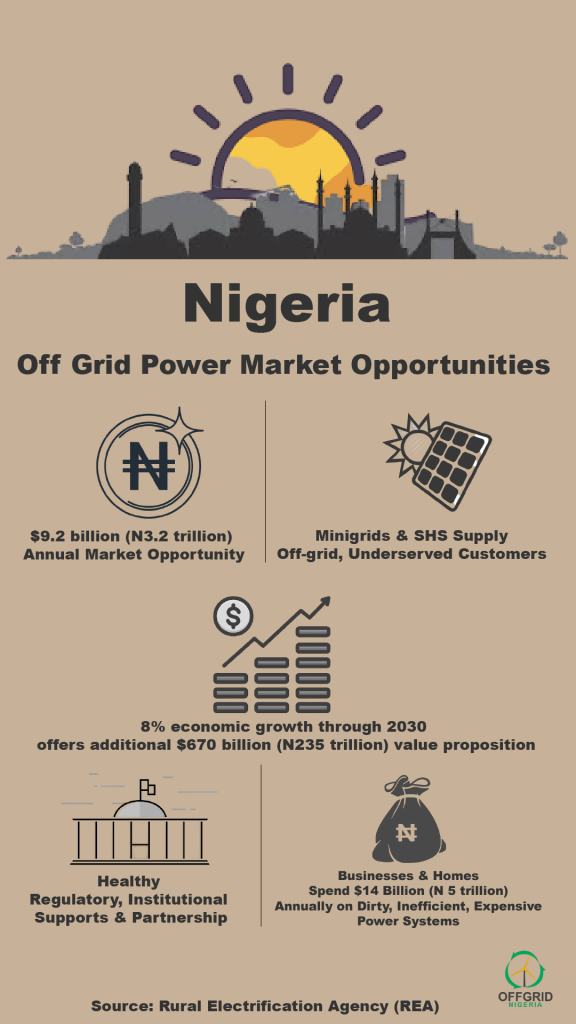Homes across the world aren’t using domestic biogas to cook their meals and do other home chores despite the huge benefits they could get from adding that to their energy mix, the International Renewable Energy Association (IRENA) has disclosed.
In its latest technology brief on biogas: ‘biogas for domestic cooking’, IRENA, said households without access to grid-based electricity or gas for cooking, but often relied on traditional cook stoves that are typically fuelled by wood or charcoal, could switch to cook stoves fueled with biogas.
According to it, this provides complete combustion, and significantly alleviate health and environmental problems unlike those that use wood and generate considerable indoor air pollution.
It however said there were factors it discovered were keeping homes especially in Africa from making this switch.
Listing these barriers, IRENA said: “The production potential of domestic biogas has not been fully exploited. Deployment barriers include limited awareness about opportunities for biogas applications, the initial cost of installation, lack of skilled labour for installation and operation, inadequate and intermittent government support, feedstock availability, need for consistent maintenance, behavioral and social acceptance, and competition from fossil fuel-based alternatives.”
“Deployment of biogas systems for cooking often requires subsidies to reduce the upfront cost of system installation,” it added while insisting that biogas cooking can improve the livelihoods of rural households in many countries despite the barriers.
IRENA described biogas as primarily a mixture of methane and carbon dioxide produced through anaerobic digestion of biodegradable organic materials, such as manure, food processing residues, wastewater treatment sludge and energy crops.
It stated that the anaerobic digestion process occurs in airtight biogas digesters, and, depending on the feedstock and other parameters, the process can last several hours to several weeks.
“Anaerobic digestion typically occurs at temperatures of 20 to 45 degrees Celsius. A biogas system has several elements including the feedstock storage, the receiving and mixing area, the digester or reactor, the gas holder and the digester residue storage,” it added.
Specifically commenting on how the system could help homes in Africa, IREAN said: “In sub-Saharan Africa, most households rely on traditional cook stoves (TCSs) for cooking, with some 900 million people estimated to rely on TCSs by 2020.
“Smoke from cooking with TCSs results in 600 000 deaths in the region each year, with an estimated loss of 2.8% of gross domestic product which includes USD29.6 billion in lost productive time spent on fuel gathering and the cooking process.
“Biogas for cooking can help address these health and economic issues and reduce solid fuel use by 66–80%. Even though biogas systems have high upfront costs of USD500 to USD1 500, lifetime costs are the lowest among cooking technologies,” it explained.






1 thought on “IRENA gives reasons why many homes aren’t using domestic biogas yet”
We are long due for these moves. Thanks for the timly actions and efforts. We are all should be together in the projects.
Comments are closed.